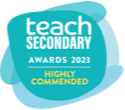How will these resources help you?
Even those lucky enough to spend a lot of time at the coast often fail to appreciate how beaches are teeming with life. Shores have an abundance of life, whether worms burrowing into sandy beaches to filter feed or shrimp spawning their offspring across rocky shores. It is even more fascinating to move into deeper water, where marine life has evolved to thrive under different, often challenging, conditions. These marine habitats possess diverse ecosystems, with the interactions between organisms maintaining the dynamic ocean we rely on. However, as with many habitats, human activity is causing changes to these ecosystems, therefore changing these dynamics. This reading list aims to help you better understand the rich ecosystems of the oceans and consider how they can be protected.
Marine organisms and how they come together to form an ecosystem
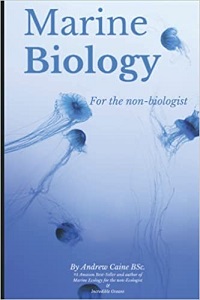
Marine Biology for the Non-Biologist (Marine Life Book 2)
by Andrew Caine, published by Andrew Caine Publishing, (2017), 9781520606439
Perfect for anyone aged 12+ interested in marine organisms, Caine writes about marine life in an easily digestible way, covering everything from the breeding of organisms to the predator-prey interactions among marine ecosystems. Understanding how different species interact, whether symbiotic or parasitic, is key to improving our knowledge of each different habitat's ecosystem. The book is also beneficial in tackling misunderstandings about what may be harmful in the ocean and confirming where the danger lies, so readers can safely explore these habitats for themselves. This book is perfect for any reader who wants to dip into the world of marine ecology. Caine’s second book, Marine Ecology for the Non-Ecologist, pairs nicely with this one and expands upon the ideas here.
The open ocean – migratory ecosystems under threat
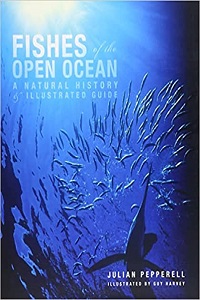
Fishes of the Open Ocean: A Natural History and Illustrated Guide
by Julian Pepperell, published by University of Chicago Press, (2010), 9780226655390
The open ocean is a habitat we rely on, full of pelagic (open-ocean) fish that are well adapted to achieve large-scale migrations. These fish traverse the entire planet, yet they are still part of a very fragile ecosystem, the complexity of which is mostly unknown to the general public. Pepperell discusses the elements of open-ocean ecosystems. The first section is the most important for gaining an initial understanding, where the evolution of the fish in the open ocean is compared to the interactions between different co-evolving species, while also looking at the commercial element of these interactions for fisheries. The second section builds on this, considering the differences among species in relation to the ecosystem and then to the entire ocean. This book is probably most suitable for teachers and A-level students. However, it is well written and goes into exquisite detail, so any reader who wants to learn about a very different environment will appreciate this.
A message of hope – rewilding our oceans
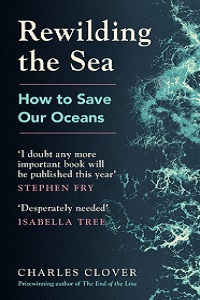
Rewilding the Sea: How to Save Our Oceans
by Charles Clover, published by Penguin Books, (2022), 9781529144031
This book tells Clover’s tale of a journey from despair to hope as he delved into the state of our common oceans. It looks at the work of small groups of people working on rewilding projects around the world. Clover defines rewilding the sea as ‘to bring back lost and depleted species to our oceans and restore ecosystems that have been harmed by human activities – simply by stepping back and letting nature repair the damage, or by reintroducing species or restoring habitats’. The book is a follow-up to Clover’s first book, The End of the Line, in which he explored overfishing. The chapters include ‘Jurassic Parks of the Sea’ and ‘Saving the Forests of the Sea’. Clover’s story-telling approach makes the book accessible, and teachers will enjoy reading it and using extracts in their lessons. It would also be a suitable read for interested GCSE and A-level students.
The deep ocean – the abyss where life thrives
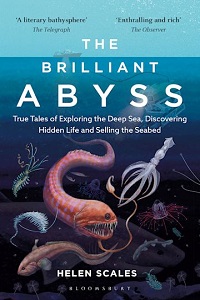
The Brilliant Abyss: True Tales of Exploring the Deep Sea, Discovering Hidden Life and Selling the Seabed
by Helen Scales, published by Bloomsbury Sigma, (2022), 9781472966889
It was only in 2002 that we discovered life thriving in the abyss. Understandably, people may not be aware of the numerous species that have adapted to the greater water pressure and absolute lack of surface light. Scales has written this book to spread awareness. Teachers will benefit the most from reading it as they will likely understand the complexity of the interactions between organisms. Still, it may also be helpful for A-level geographers, particularly if they are also studying biology. Scales discusses the effect of pollution and global warming that we experience at the surface of the twilight zone and the deep ocean. Deep-sea mining carried out due to the need to find rare metals to make wind turbines and electric cars further affects the deep ocean. The book gives facts and opinions, but the text is written in a way that challenges the reader to construct their own understanding and thoughts.
Audiovisual clip
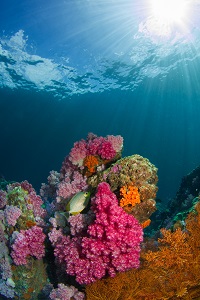
Indian Ocean with Simon Reeve - Maldives coral
published by BBC, (2012)
A visual exploration of what lives under the water surface of the Indian Ocean.
Podcast episode
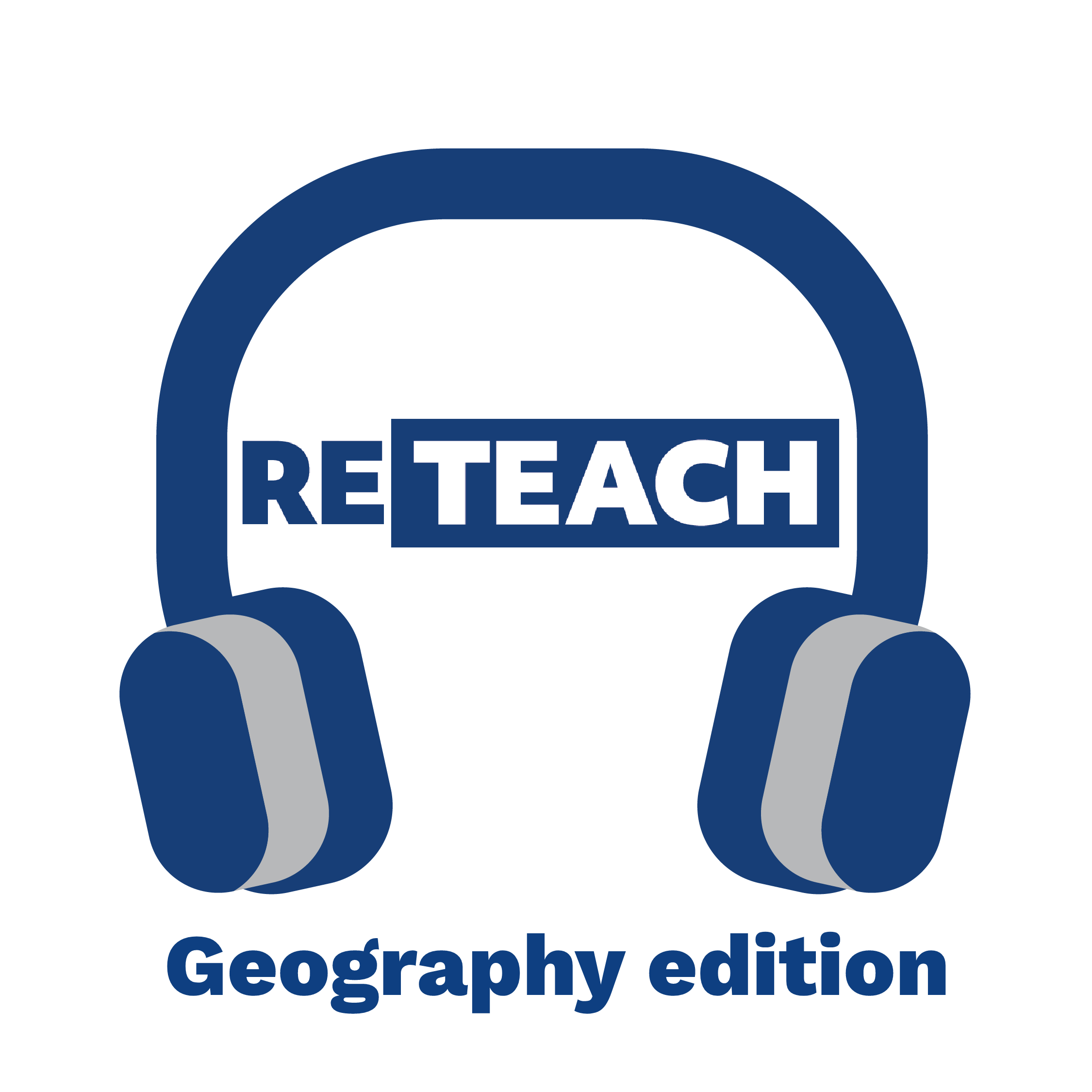
RETEACH GEOGRAPHY - Andrew Caine on Marine Biology
(2023)
Marine biologist Andrew Caine recounts the story of how he came to write a bestseller on making marine biology approachable for non-experts, and why humour is the best tool to engage students. He offers perspectives on endangered oceanic ecosystems, with a focus on coral cultivations in Indonesia. Hosted by Kit Marie Rackley.
Further materials
Should we mine the deep-sea floor? by Katie Burton, published by Geographical, (2022)
Read this article
Geo explainer: Exploring the Mariana Trench by Sasha Semjonova, published by Geographical, (2022)
Read this article
Discovered in the deep: the ‘Elvis worms’ that sparkle in the darkness by Helen Scales, published by The Guardian, (2022)
Read this article
Catherine Owen is Head of Geography at The King Alfred School – an Academy, CGeog and Geographical Association Consultant. She writes and presents for OUP, Hodder Geography, Tutor2U and more .
Jack Owen is an undergraduate studying MSci Marine Biology at the University of Southampton. He studies at the National Oceanographic Centre, a world leading research facility and collaborates with Catherine Owen to develop teaching ideas and resources linking the subjects of marine biology and geography.
Text © Catherine Owen and Jack Owen, 2022.
Jack Owen is an undergraduate studying MSci Marine Biology at the University of Southampton. He studies at the National Oceanographic Centre, a world leading research facility and collaborates with Catherine Owen to develop teaching ideas and resources linking the subjects of marine biology and geography.
Text © Catherine Owen and Jack Owen, 2022.


